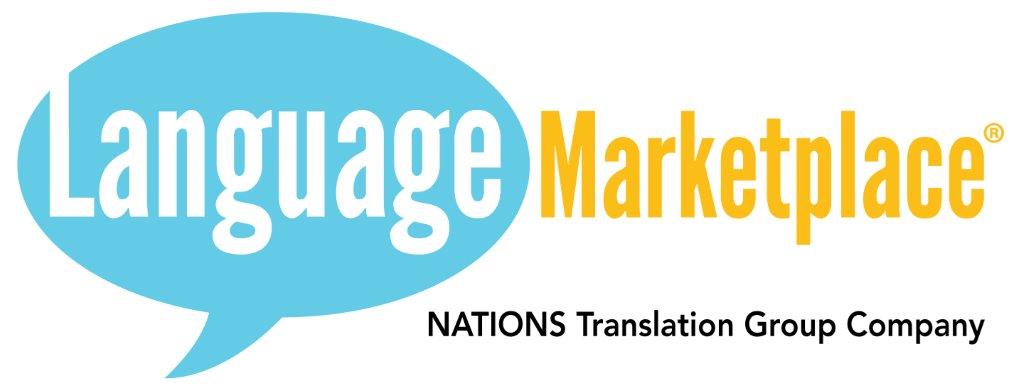It’s not always easy to distinguish Canadian and American spelling. In fact, it’s quite common that people use both types of spelling in their text without meaning to.
While there are some general rules to identifying the two, there are also plenty of exceptions. Canadian spelling tends to follow British spelling, but sometimes, it adapts rules from America; for example, America and Canada spell it “program” rather than the British, “programme”. There are loads more differences, not just in spelling, but also in vocabulary (did you catch our use of the common British “loads” versus the North American “lots”?) and in punctuation (Oxford comma, smart quotations, etc.).
But that’s another topic altogether. Let’s begin by clarifying the main distinctions in spelling between Canadian and American English.
The honourable “u”
Canadian spelling uses “u” in words like “colour” and “favour”, whereas American spelling is without it (e.g. “armor”, valor”, “favour”). Some exceptions to this rule are words like “glamour” and “saviour”. Because this rule is not as clear as day, some Americans choose to stick to Canadian spelling, and vice versa. Funnily enough, Canada’s Prairie Provinces choose to use many of the American guidelines.
Practice makes perfect
This rule is misunderstood more often than not. In Canadian spelling, some nouns end in “ce”, such as “offence” and “defence”, whereas American spelling uses “se” (“offense”, “defense”). Of courses, it is always the exception that confuses us; for instance, “practice” the noun is spelled the same way in Canadian and American spelling. However, Canadian spelling distinguishes the verb “practise” by changing the suffix to “se”. In American spelling, there is no such distinction.
Analyzing the “z”
Here is where Canada and America act like neighbours again. In the case of the “z” versus the “s”, Canadian spelling wanders from its British ancestral roots. In British spelling, most verbs are spelled with “se” (“organise”, “analyse”, “recognise”), although “ze” is actually becoming more widespread. The exceptions to this rule are words like “advertise”, “despise”, “supervise”, and “exercise” which are spelled with “se” in both British and American English.
In the centre
Likely influenced by Canada’s French heritage, words like “centre”, “fibre” and “metre” end in “re”, whereas American spelling uses the reverse, “er” (“liter”, “theater”). The exceptions are words ending in “cre”, like “acre” and “mediocre”, which remain the same in both instances. Once again, the Prairie Provinces have adopted the American spelling, in this case.
When you are translating an important document or content that will appear on the web, it’s important to ensure that your use of spelling, grammar, punctuation, and style is consistent with the region you are targeting. If you need a translation specifically using Canadian, American, or British spelling, The Language Marketplace is a professional translation service that promises quality and accuracy.

